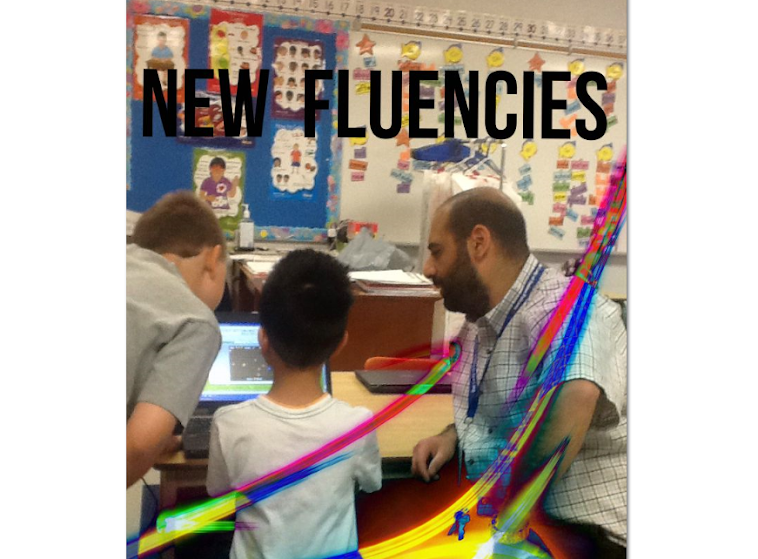Matthew Griffin, Operations Manager at Kids Code Jeunesse (KCJ), was in our classroom yesterday. He came to teach us about the micro:bit - a hands on tool that makes teaching code fun, easy, and accessible. KCJ is bringing micro:bits and a FREE micro:bits workshop to schools and educators across Canada. I read about this initiative on Twitter through my PLN - big thanks to Doug Braden (@DugBraden) and Michael Leonard (@mfleonard23) in particular. I applied for a workshop and was fortunate enough to get a spot.
Aside from my students having a great time learning how to code the micro:bit, I have to say that this was excellent professional learning for me. Since Matthew was directly teaching the students, I had the same learning opportunity as them and I got to walk around the room and help students as well as troubleshoot some of their issues. Rather than leaving the classroom to attend a workshop on my own, it was embedded in my class with my kids so we could all learn together. This has turned out to be quite beneficial for me because I was learning it with them and because it came naturally to some of them - more than it did for me! Now I have "experts" in the room who can support their classmates. This is a big win for me and for them.
When school started this morning there were a handful of students asking when they would get to work with the micro:bits again. They are excited and want to engage with the technology to learn more about how it works and the things they can do with it. I was provided with some resources for next steps and will certainly be using them to help the students who are keen about continuing their learning around coding.
If you are interested in trying this out, head over to https://kidscodejeunesse.org/microbit.html and apply to have someone from @kidscoding come to your school to work with you and your students. You won't regret it!

